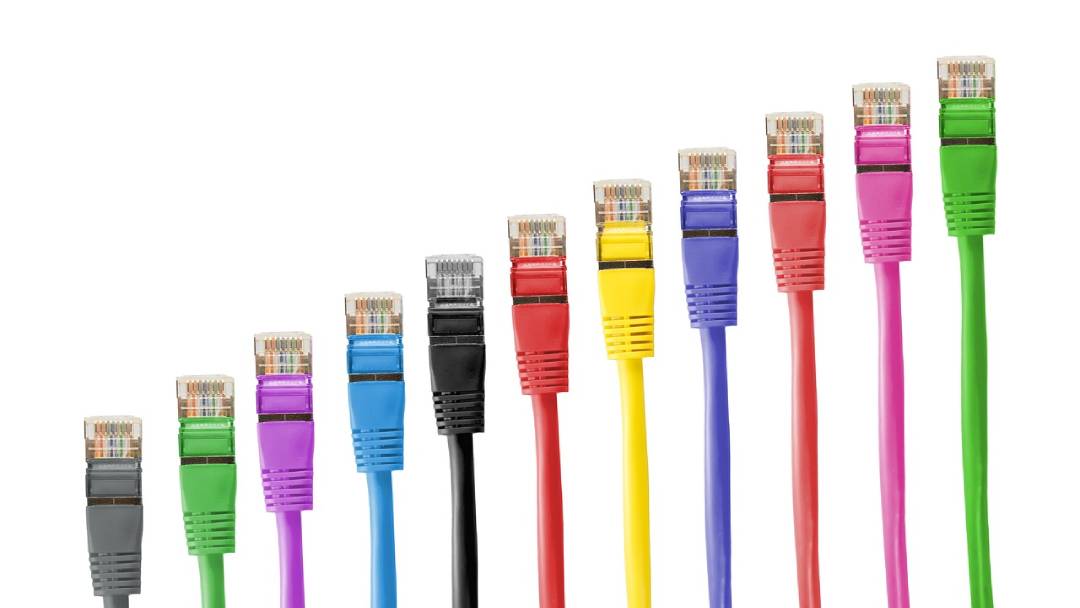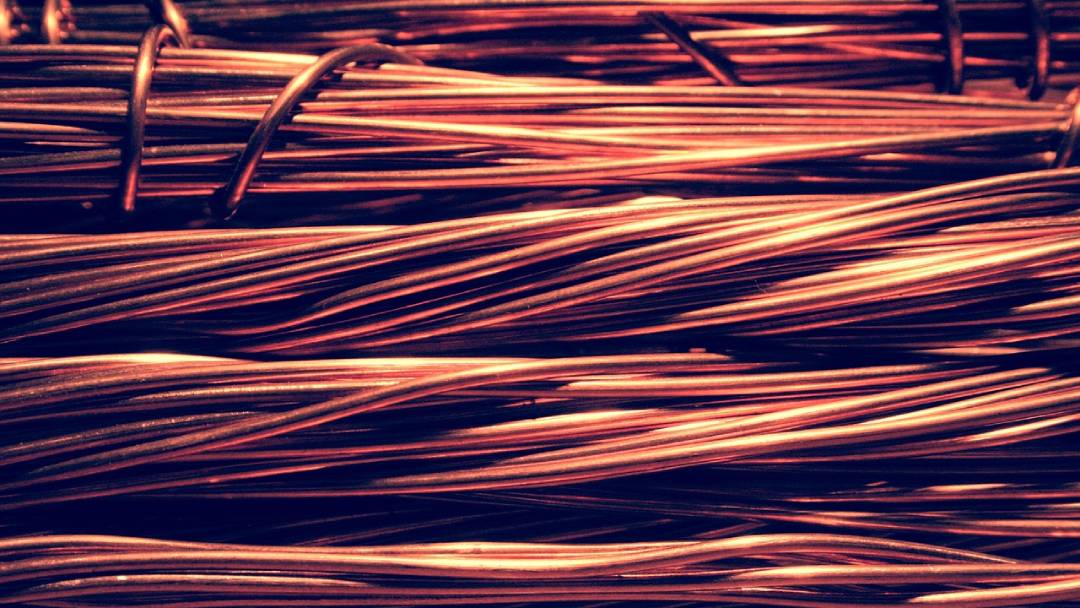Did you know that 4.9 billion people around the world are now online? As more people venture online for the first time, the internet’s speed requirements steadily increase.
When it comes to increased network performance, many data centers often focus on servers, hardware, and other equipment. However, many must remember that just a change in cables can produce tremendous up-line and down-line performance improvement.
Active electrical cables are one such solution that can potentially introduce positive changes in network speed. But AECs aren’t for everyone. In this guide, we’ll be discussing whether or not active electrical cables are suitable for your specific needs.
What Are Active Electrical Cables?
Active electrical cables are made of copper and are used for the transmission of data in data centers. Compared to DAC (known as direct attachment cables), AEC is much smaller.
If you plan on expanding the size of your data center, then AECs are an excellent choice. They allow you to easily add more racks to your setup with little to no disruptions.
What Are Re-Driver-Base AECs?
A re-driver-based AEC works in much the same way as a traditional active electrical cable. The critical difference is that re-driver-based AEC uses a much more specific signal amplification.
This allows these types of wires to boost their signal power compared to other AECs significantly.
Related: Eight Cutting-Edge Examples of IoT in Retail
Pros and Cons of Active Electrical Cables
Active electrical cables have plenty of benefits, but they aren’t perfect. Let’s first cover the advantages. First, AOCs can regenerate signals and remove unwanted noise by resetting the loss and timing planes.
Next, you can extend the cable lengths on AOCs much further than DACs, usually up to five to seven meters. And you can do all this without any data loss. The cable length allows data center planners a lot more flexibility when it comes to how they lay the cables out.
Lastly, when using smaller lines, AECs will enable you to get more airflow to your hardware which helps reduce the heating. Now, on to AECs’ disadvantages. First, it requires power. As such, there are better options than this if you’re trying to make a green data center.
Next, it can add latency to your network. Lastly, when AECs are used in lower volume, it will significantly increase the expenses that come with them.

How Do You Know If AEC Solutions Are Right For You?
It’s important to remember that AEC solutions aren’t for everyone. In many cases, DACs or direct attached cables might be a better call for your needs. So, in this section, we’ll be going over some factors to consider when choosing between the two.
Not sure if active electrical cable solutions are right for you? Contact us here at C&C Technology, and we’ll help you decide which option can help your unique data needs.
Affordability and Low Power vs. Data Loss Prevention and Clear Signals
Your priorities will play an essential factor in whether or not AECs or DACs are right for you. For example, the cost might be your biggest concern. Or, if you’re worried about the energy usage of your data center, then that might take precedence. In either of these scenarios, DACs are the better option.
They use both less power and less money to install. However, DACs do suffer heavily from data loss. So if you want to prevent this with your re-timers, then it’s better to go with active electrical cables instead.
Moreover, AECs also produce much less noise than direct attachment cables. As such, you’ll get a much more precise data signal.
Channel Length
Again, if cost or environmentalism are your highest priorities, go with DACs. However, it’s important to remember that direct attachment cables cannot extend over two meters.
AECs, on the other hand, can easily extend up to seven meters without any data loss. So if you need more space between your servers, AECs is the right call.
Related: Why Hackers Love Smart Buildings [Security Update]
How to Find an AEC Installer
Finding an experienced AEC installer can often be easier said than done. For starters, there’s a vast work shortage of them. One study found that nine out of ten data center professionals agree there is a severe lack of construction teams with experience in these types of cables.
So how do you avoid these types of installers? First, look for someone with experience and knowledge. They should be able to quickly tell you the difference between active electrical cables and PoE cables.
Next, make sure they work with you to find a solution. You need to be careful around installers who decide what’s best for you. Make your wishes known and see whether they work with you or press their agenda onto the data center.
Lastly, they should take essential safety measures regardless of the types of cables used. Otherwise, the result can be potentially disastrous.
Looking for the perfect AEC installer? Find out how our approach at C&C Technology can help you find a manageable solution.

The Importance of Active Electrical Cables
As you can see, active electrical cables aren’t for everyone. Sometimes, it might be more appropriate to set up DAC or direct attached cables within your data center. A clear understanding of the two types of lines will help you decide which is suitable for your needs.
However, if you still need more time, consider reaching out to a professional. They can help you decide which type of cable best fits the unique demands of your facility and setup.
Then, you can start seeing the performance improvement that you deserve. Or, you can begin expanding your data center without any hassle.
Related: Security Technology: New and Future Trend Guide
Last Updated on June 8, 2023 by Josh Mahan




